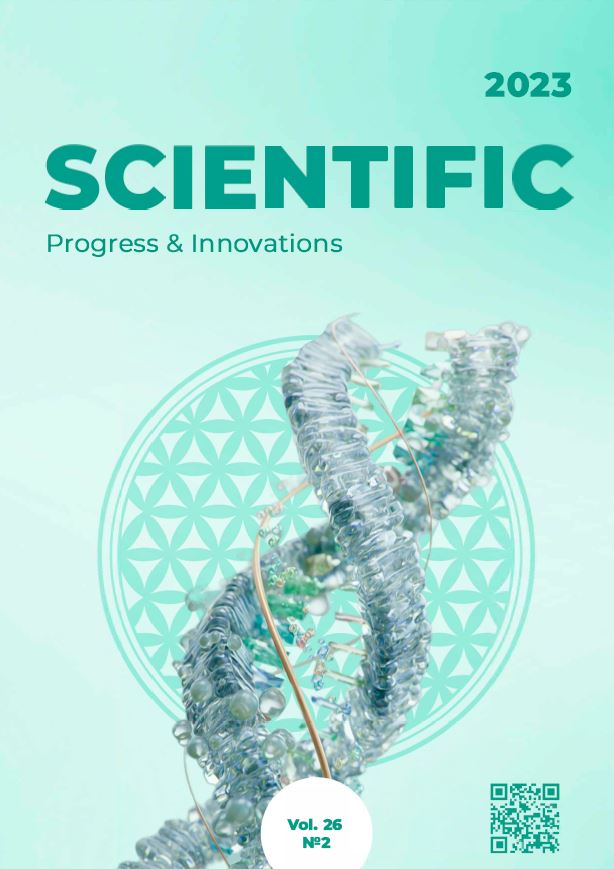Study of the prevalence and application of therapeutic measures for the associated reproductive-respiratory syndrome of pigs in farms of the Poltava region
DOI:
https://doi.org/10.31210/spi2023.26.02.16Keywords:
pigs, respiratory pathology, anti-epizootic measures, viral infection, reproductive and respiratory syndrome of pigs, hemophilosis, actinobacillary pleuropneumoniaAbstract
Pig reproductive-respiratory syndrome (PRRS) is widespread in the pig industry and causes significant economic losses. As a result of the replication of the PRRS virus, the natural ability of the pig body to resist the action of bacterial secondary microflora, which, in turn, masks its presence, decreases. Actinobacillus pleuropneumoniae, Mycoplasma hyopneumoniae, Pasteurella multocida, Streptococcus suis, Haemophilus parasuis are most often isolated among the diverse spectrum of opportunistic respiratory bacteria in pigs with PRRS. The aim of the work was to identify the dominant opportunistic pathogen in pigs with reproductive-respiratory syndrome and to apply appropriate therapeutic measures. It was established that the level of seropositivity to the causative agent of porcine reproductive and respiratory syndrome among animals fromthe technological group of repair young animals ranged from 53.3 % to 70.0 %. The respiratory syndrome was accompanied by severe pneumonia. In fattening piglets, the decrease in growth reached 50‒75 %. During the autopsy of dead piglets of various ages, it was established that 54.0 % of cases had lung lesions characteristic of actibacillary pleuropneumonia. As a result of bacteriological studies of the pathological material, A. pleuropneumoniae serotype 8 was isolated. Serological studies of piglets in groups at the beginning of rearing showed the presence of antibodies to A. pleuropneumoniae at the level of 12.5 % ‒ 21.0 %. Bacteriological examination revealed that most of the isolated cultures of A. pleuropneumoniae were multiresistant to a wide range of antibacterial drugs, but all of them were sensitive to tulathromycin, danofloxacin, ceftiofur, and cefquinome. To treat the animals of the four experimental groups, antibiotics were used according to the sensitivity results and instructions for use. Thecontrol group of animals No. 5 was treated according to the traditional scheme used in the farm, with the use of enrofloxacin. As a result of the scientifically justified use of danofloxacin and tulathromycin, the survival rate of piglets was 80.0‒90.0 %. Thus, the presence of a severe respiratory syndrome with a significant number of pneumonias among pigs of early rearing groups unfavorable for PRRS testified to its associative course. Under such conditions, it is necessary to introduce direct isolation of the dominant secondary microflora and determine its sensitivity to antibacterial drugs.

 Creative Commons Attribution 4.0 International Licens
Creative Commons Attribution 4.0 International Licens